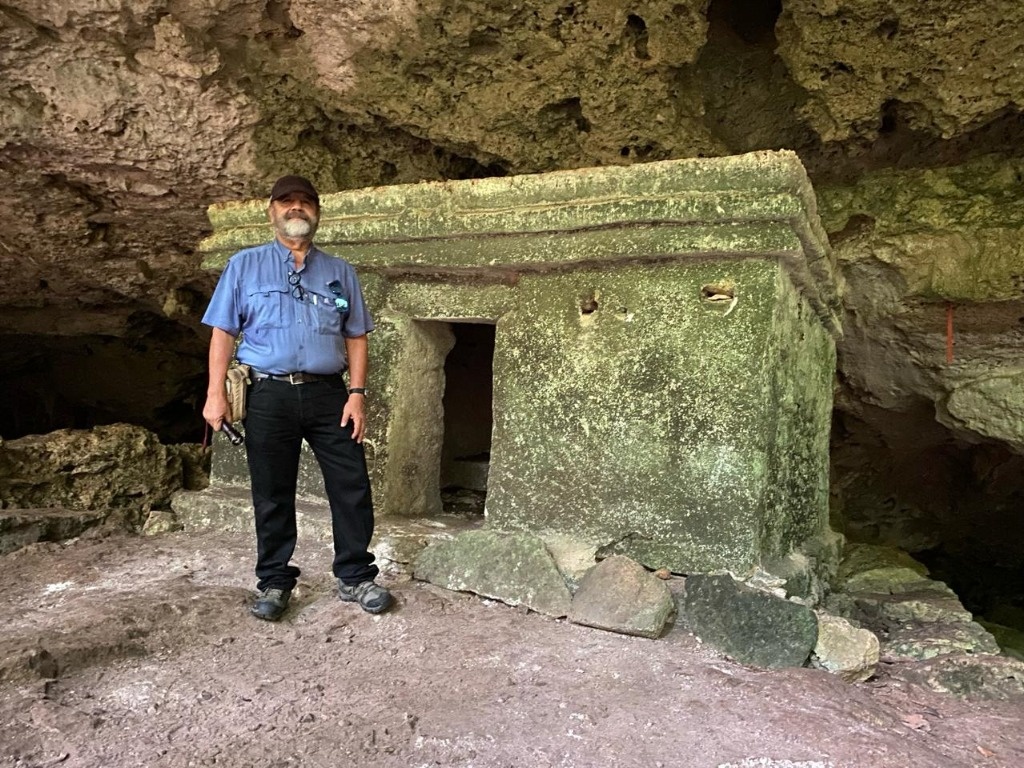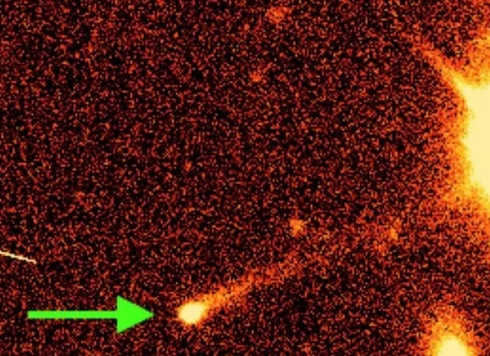With its 111 kilometers, divided into a northern and a southern section, section 5 is not only the shortest of the seven that make up the more than 1,550 kilometers of the Mayan Train route. It has also been the most controversial since the beginning of construction of what is one of the priority projects of the current federal government.
Economic, political and presumably ecological factors have been the main arguments that have put this segment of the railway line in the eye of the hurricane, which runs throughout the state of Quintana Roo to connect Cancún with Tulum.
Not to go any further, a few days ago a federal judge ordered the government of President Andrés Manuel López Obrador to abide by the definitive suspension of the construction of section 5 south, which connects Playa del Carmen with Tulum, considering that the required conditions of the manifestation of environmental impact.
Aside from these allegations and controversies, the National Institute of Anthropology and History (INAH) reaffirms that it has fully carried out the archaeological rescue work that is required by law to be carried out, both in the aforementioned section 5 and in the other six of that new railway route.
The anthropologist Margarito Molina Rendón, director of the INAH Quintana Roo Center, the entity where sections 5, 6 and 7 of the Mayan Train are located, assumes that the first of them has received special attention from the media given the characteristics of the subsoil and the route of the train
but also because of the great economic activity that is generated there, related to tourism.
He assures that the institute participated very intensely
in the layout of section 5, which was subdivided into a southern segment (with 67.67 kilometers) and a northern one (with 43.57 kilometers), diverting at times the route of the railway tracks to avoid damaging some spaces or areas with archaeological or historical heritage .
In interview with The Day, mentions that, according to data provided by the person responsible for the Mayan Train archaeological rescue project, archaeologist Manuel Pérez Rivas, in sections 5, 6 and 7, 24,481 archaeological monuments were prospected, of which 8,140 were in the route of the train, and of these 7,764 were intervened by INAH archaeologists during the rescue work.
It states that of those 8,140 monuments, many were pre-Hispanic albarradas; that is, delimitations of agricultural plots that the Mayans had and also housing bases
.
Regarding the controversy and the mobilizations of political and environmental groups over the alleged alteration and destruction of cenotes and caves in section 5 south during the works of that means of transportation, archaeologist Manuel Pérez Rivas explains that the karst system of eastern Quintana Roo is made up of complex and extensive networks that run from east to west, from 30 or 40 kilometers inland and then running towards the sea.
There are continuations of the caverns that are in the coastal area, and there are dry parts, submerged parts, parts that do have finds from Pleistocene sites, but the network is very extensive.
he adds, also in an interview.
Any work, not a train, but a highway, like those that already exist, a tourist development, like those that are abounding on the Eastern Coast, impact the subsoil in some way. The current road has sinkholes because it crosses the cave system. What has been done here is to prepare or complete the records, locate the monuments that are in the caves and find a way to protect them.
Caverns, out of legal reach
It highlights that, in accordance with its legal powers, the INAH has established restriction and protection measures in the areas of caves with archaeological remains, and has even been very insistent on making changes to the railways
.
It mentions, for example, that in the case of the Jaguar Claw cave – for which there were archaeological records since 2012, which were documented and expanded during the rescue work – a bridge was built to avoid direct damage.
The archaeologist recalls that the cave areas where there are no such types of vestiges are outside the legal scope of that agency and are the responsibility of other institutions.
Margarito Molina states that the INAH, through its underwater archeology team, has intervened in the rescue and registration of archaeological and paleontological material, not only now on the occasion of section 5 south, but for at least three decades, managing to find, for example, human remains from 14 thousand years ago; that is, from the pre-Mayan stage.
Also outside the train route there are flooded and dry caves, as well as cenotes where offerings have been found that the Mayans, within their worldview, made to deities that had to do with the underworld and water.
Of the most important finds derived from the archaeological salvage in that railway section, Molina Rendón and Pérez Rivas highlight several offerings found inside the caverns or in small nooks, in addition to the fact that some small East Coast style shrines have been documented in the areas adjacent to the right of way.
They point out that section 5 south has at least five relevant archaeological areas, what is the famous Paamul II runner
which involves sites such as Garra de Jaguar, Ocho Balas, Manitas and Petrogravado.
It has been of interest to highlight them. The idea is that in the future it can be opened to public visits, but in a controlled manner.
they affirm, and consider the Ocho Balas cave as the most unique case, because, although it had already been registered by the institute, at the time of verification it was highlighted that it has a shrine in excellent condition, with its roof of complete wood.
In terms of research, specialists report that in the excavations they have documented several meliponaries or apiaries, platforms that the pre-Hispanic Mayans used to deposit the hives of native bees, of the melipona genus; This was a very important economic activity on the Eastern Coast
.
#INAH #completed #total #rescue #remains #section #Molina #Rendón
– 2024-04-09 15:09:45


